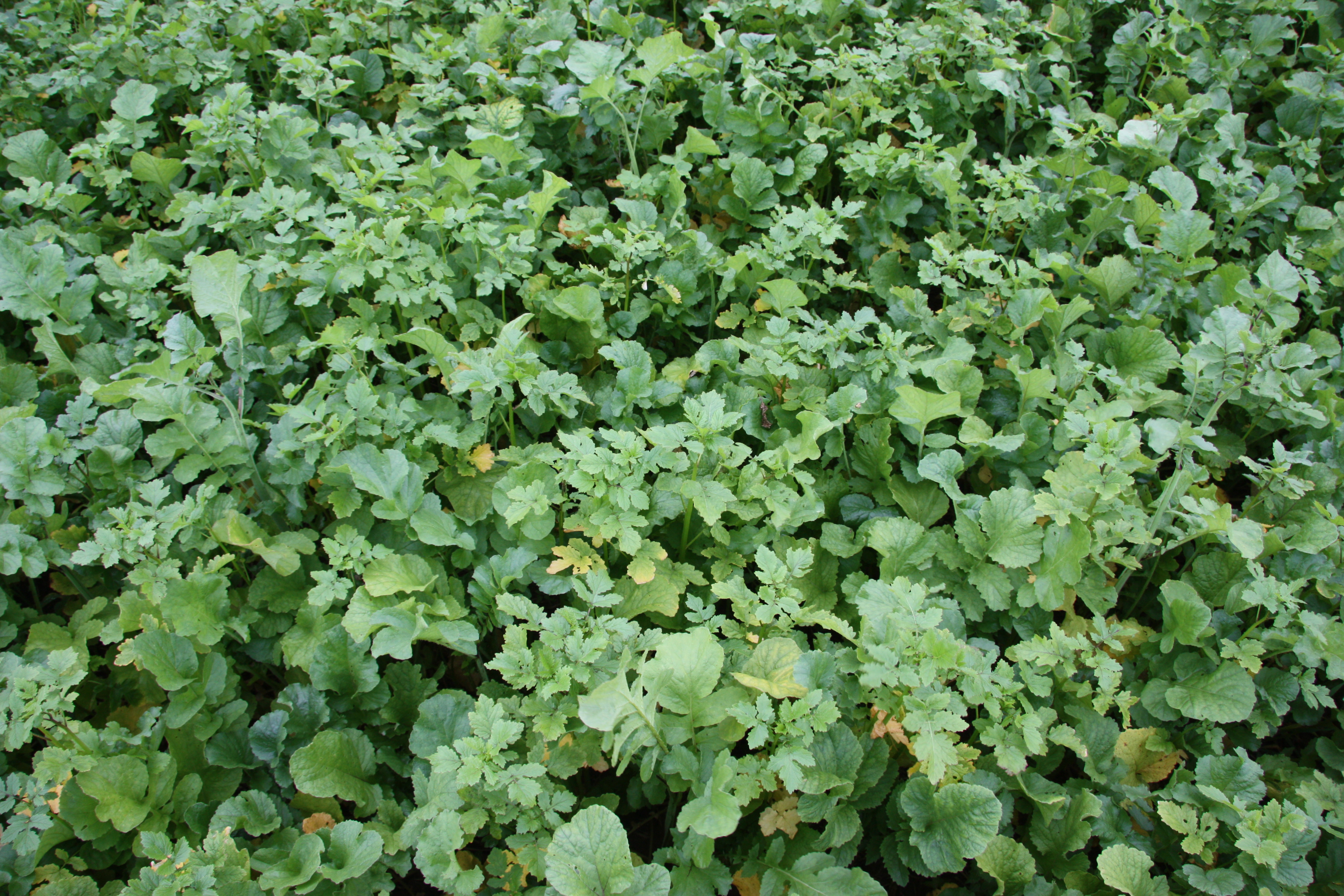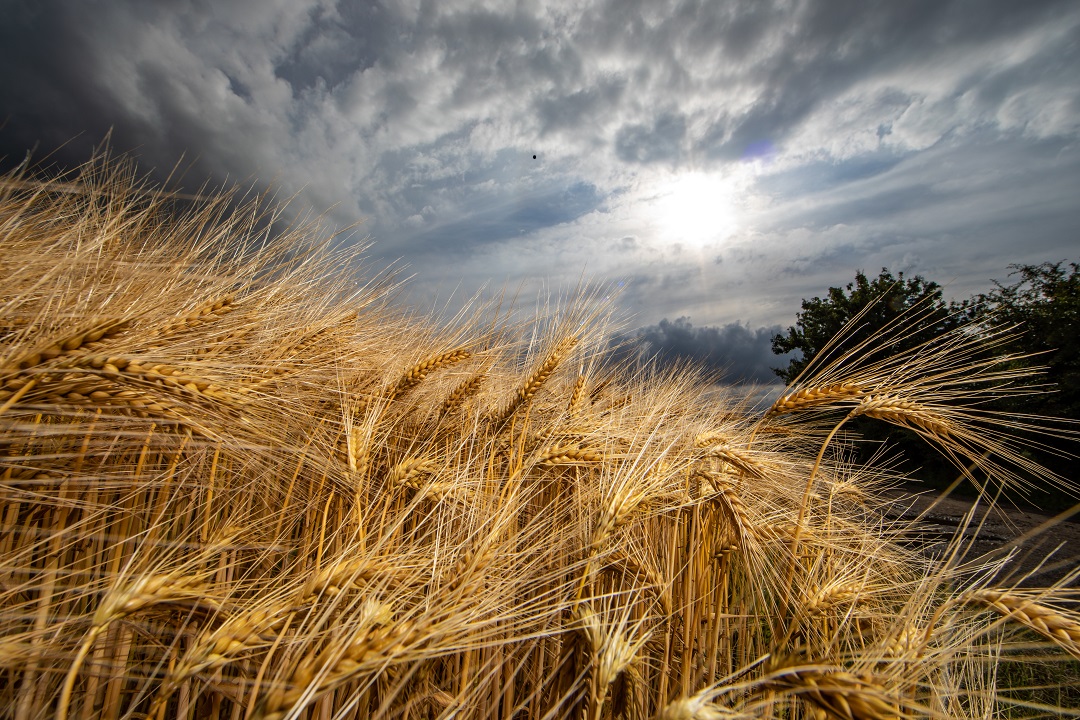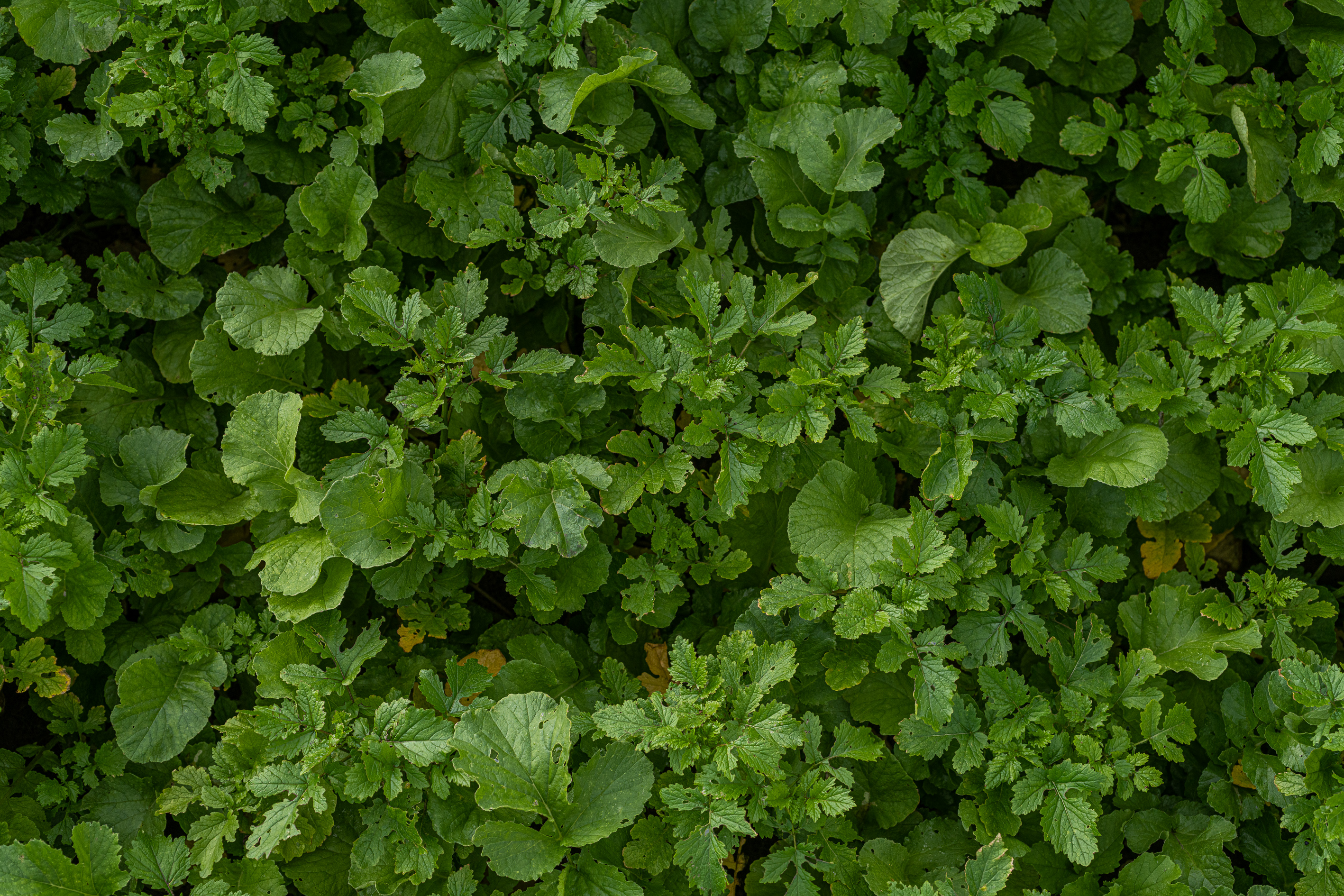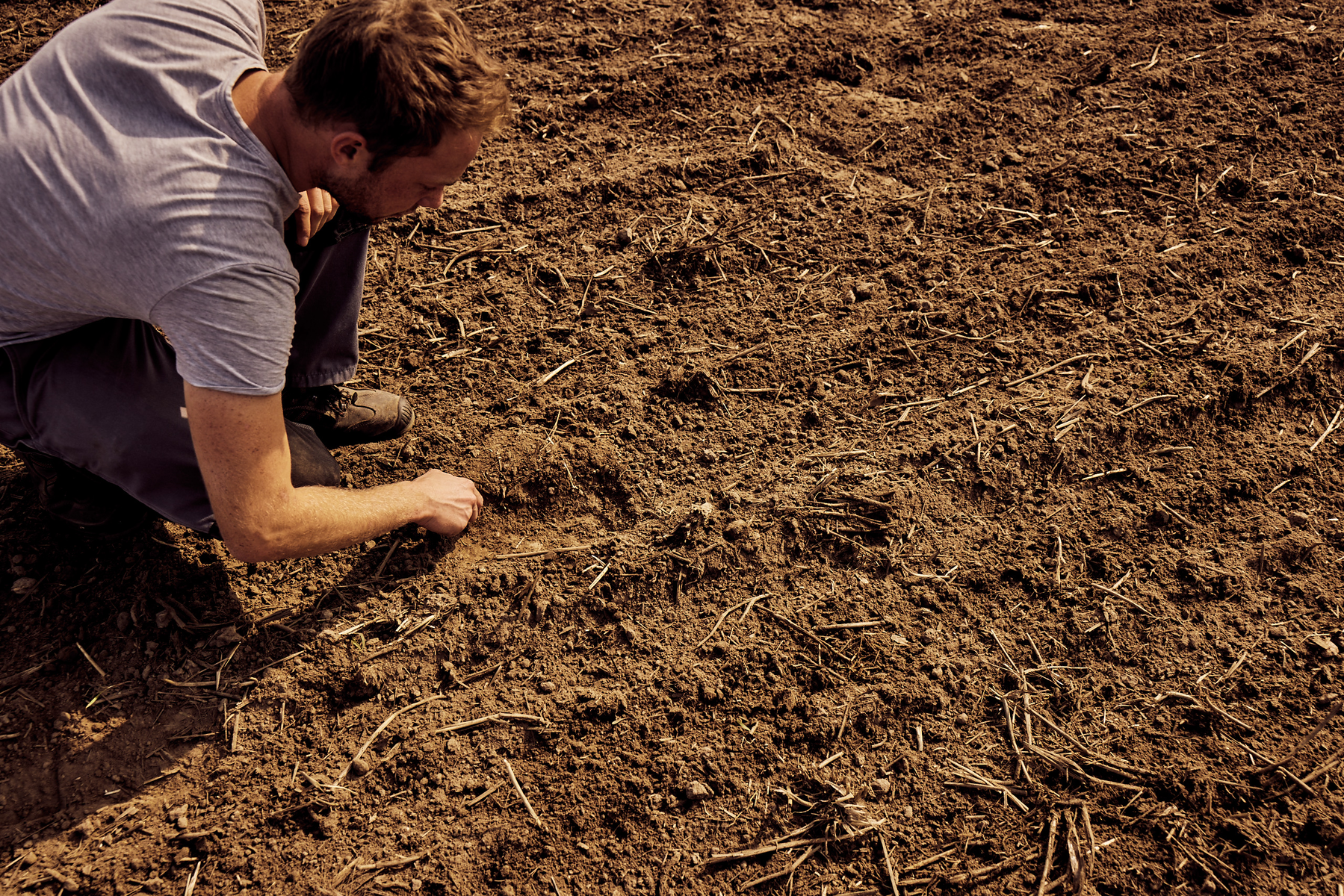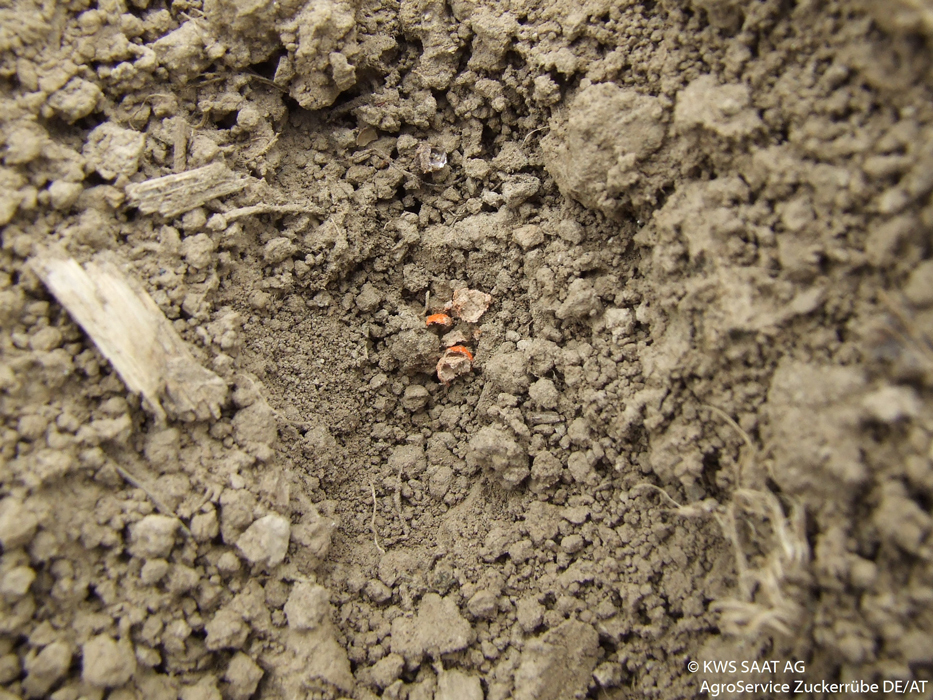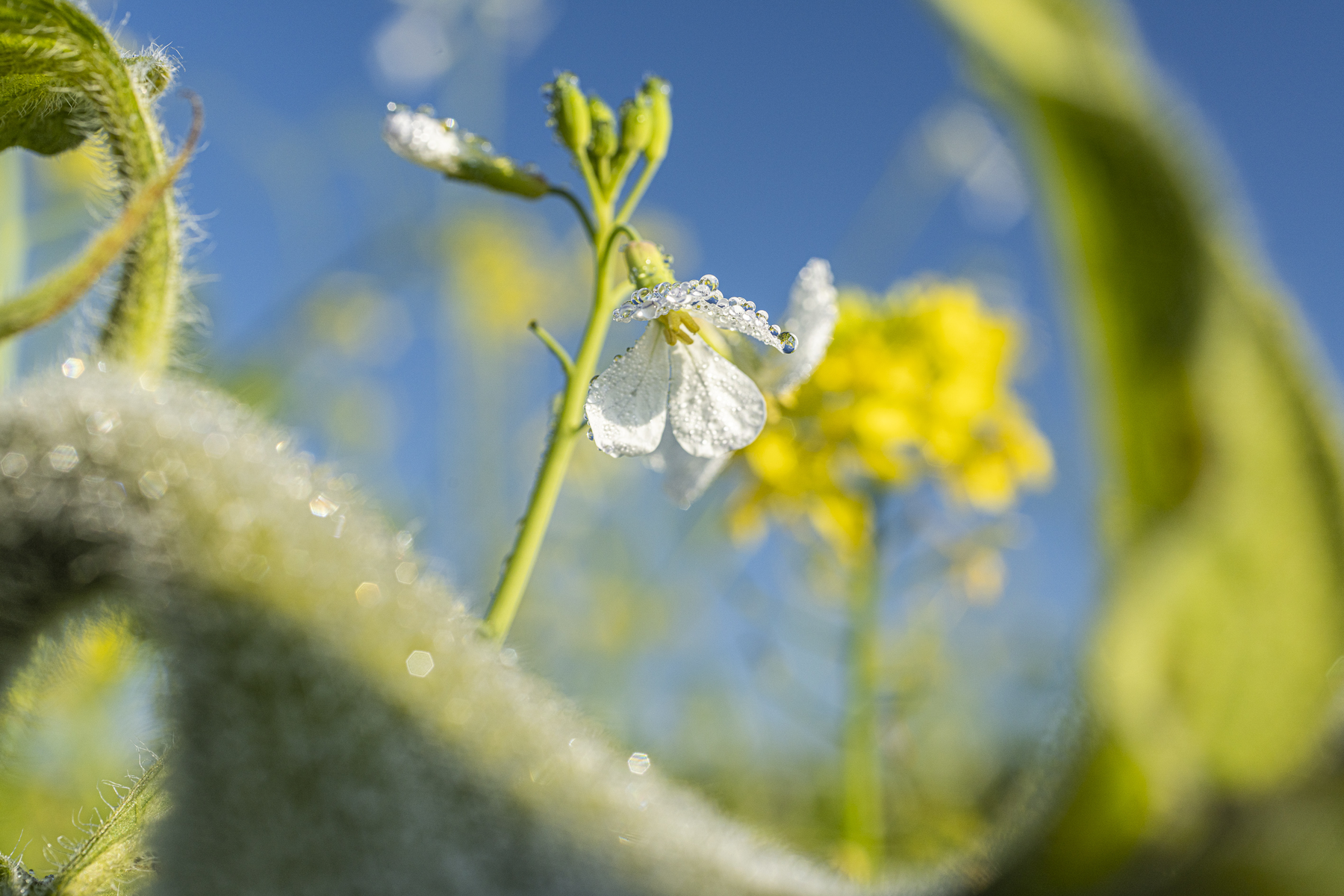How to utilize catch crops for better crop rotations
4 Tips for selecting the right catch crops
Catch crops are grown between the main crops, usually after a previous cereal crop. The main crops are maize, sugar beet, wheat, rye, barley, rapeseed, oats and legumes. Catch crops, for example oil radish, mustard or field grass, are mainly used as green manure (nutrients are stored and then released again) or as feed for livestock.
The suitability and selection of catch crops depend very much on the cultivation goal(s) and framework conditions that are in the foreground. It’s important to make sure that they do not have a phytosanitary impact on the crop rotation, but that they improve the soil structure and safeguard the humus supply.
Suit the main crop
Top priority: Finding a mix that suits the main crops of the rotation, e. g. mustard and oil radish are taboo in rapeseed rotations. In rotations with a high proportion of cereals, no grasses should be included in the catch crop mixtures.
Choose your focus
In addition to their general benefits, a catch crop mix should be chosen with a specific purpose in mind, for instance fertilisation, nematode resistance, weed suppression, usage as fodder, soil improvement etc.
Check for side-effects
The cover crop mixture must not cause any additional agricultural problems. For example, no other cruciferous species should be used for catch crops in rapeseed crop rotations.
Adapt to your context
All other priorities in turn depend on the area conditions and the operational structures. Livestock farms can use catch crops also as an additional source for animal feeding. Arable farms can use catch crops for plant nutrition.
| Crop | Well suited | To be avoided |
|---|---|---|
| Cereals |
Phacelia, Ramtilla, Oilseed flax, Black Oats, Legumes (e.g. Serradella Seeds, Clover, Lupin, Common Vetch, Peas, White Mustard), Oil Radish, Camelina, Ryegrass, Turnip, Oilseed Rape |
none |
| Corn |
Phacelia, Ramtilla, Oilseed flax, Black Oats, Legumes (e.g. Serradella Seeds, Clover, Lupin, Common Vetch, Peas, White Mustard), Oil Radish, Camelina, Ryegrass, Turnip, Oilseed Rape |
none |
| Oilseed Rape |
Phacelia, Ramtilla, Oilseed flax, Black Oats, Legumes (e.g. Serradella Seeds, Clover, Lupin, Common Vetch, Peas), Ryegrass |
White Mustard, Turnip, Camelina, Oilseed Rape |
| Sugarbeet |
Phacelia, Ramtilla, Oilseed flax, Black Oats, Legumes (e.g. Serradella Seeds, Clover, Lupin, Common Vetch, Peas, White Mustard), Oil Radish, Ryegrass, Camelina |
Turnip, Oilseed Rape, Buckwheat |
| Leguminosae |
Phacelia, Ramtilla, Oilseed flax, Black Oats, Oil Radish, Camelina |
Legumes (z.B. Clover, Lupin, Common vetch, Serradella) |
| Potatoes | Ramtilla, buckwheat, black oats, ryegrass |
Clover, White Mustard, Phacelia, Turnip |
Legumes as a nitrogen source
They can form a symbiosis with nitrogen-fixing bacteria (rhizobia) in their root nodules and thus bind atmospheric nitrogen in the soil. This nitrogen can be supplied to the arable system. Primarily, legumes supply themselves with atmospheric nitrogen and can thus reduce nitrogen uptake competition with non-legumes in a catch crop mixture.
To a certain extent, legumes can also release atmospheric nitrogen to non-legume mixing partners (see figure). Additional nitrogen fertilisation usually results in a reduction of the air nitrogen fixation by the legumes.
Mobilisation of phosphorus
Since phosphorus is not very mobile in the soil solution, the plant roots have to actively acquire the phosphorus. An important prerequisite for an optimal phosphorus supply is therefore to ensure a sufficiently good supply of plant-available phosphorus in all layers of the soil.
Recent studies confirm that catch crops per se have a positive effect on phosphate availability. One reason is the promotion of mycorrhiza, i.e. the symbiosis of plant roots and fungi. Catch crops such as lupins, buckwheat and phacelia are particularly suitable for improving phosphorus availability.
Preservation and fixation of nitrogen
In the case of nitrogen, there are essentially two tasks that a catch crop mixture should fulfil, depending on the composition of the mixing partners: conservation from the pre-crop into the following crop rotation and, if legumes are included, also additionally the fixation of atmospheric nitrogen in the root nodules with the help of the usually soil-borne nodule bacteria.
Particularly in light, sandy soils, there is a very high risk of mineralised nitrogen in the soil being transferred to the groundwater by autumn and winter precipitation. In the sometimes very long cultivation breaks between the grain harvest in summer and the spring sowing of the follow-up crop, catch crops and catch crop mixtures can conserve 100 kg of nitrogen per hectare in the plant mass, depending on the development conditions, type and composition.
A large proportion of this is later available to the nutrient cycle and/or is enriched in the soil as humus. enriched in the soil. In this way, catch crops actively contribute to water conservation.
